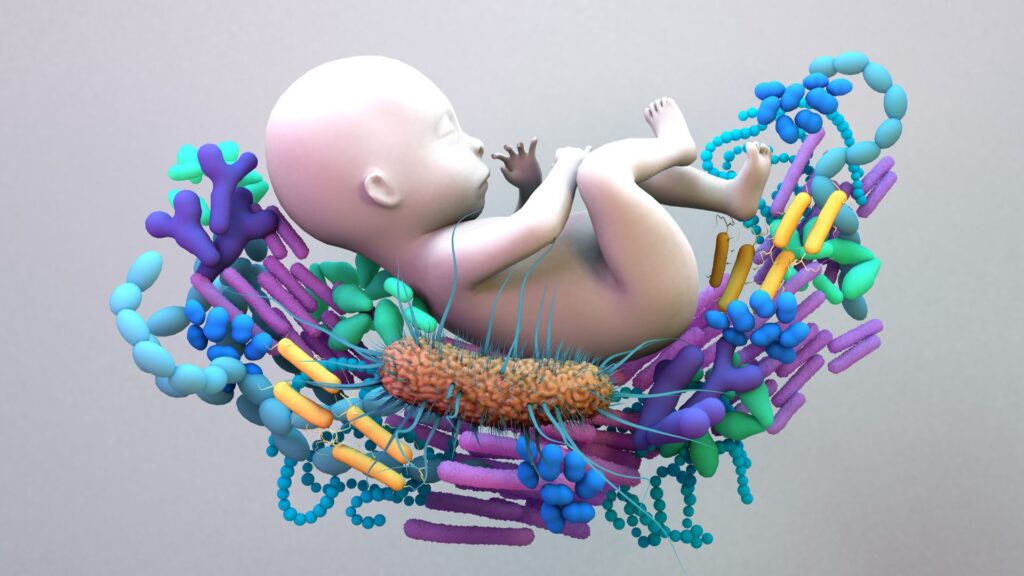How well do you digest your staff?
It’s an unusual question but hold on to your lunch for a moment.
Why a workplace culture is toxic is often hard to pin down. Certainly, if you’re a leader who has experienced toxicity at work you know that it can come at you in relentless waves. There are times when it seems that anything that could possibly go wrong, does go wrong, allowing your critics to joyfully knit poisonous half-fact narratives into a susurrous of whispering judgments about your inadequacies as a leader, a professional, a human being and probably a pet owner.
Why does this happen in some workplaces and not in others?
The human microbiome is a new discovery for me. Well, I knew I had a few bacteria in my system somewhere and that taking too many antibiotics could kill all the good guys as well as nuking the bad ones, but really I had NO idea how many living things are hitching a ride on me. In fact, what’s ‘me’ is almost in the minority. How is that even possible?
So (to those who don’t know this already), it’s not only our insides but also our outsides which are populated by teeming millions of bacteria, viruses and fungi – our microbiome – which determine pretty much every aspect of our physical and mental wellbeing.
And you thought it was just not teaching last lesson on a Friday…
As a determined exponent of the positive mindset, as I uncovered this gruesome truth about myself last week, I found myself transferring my learning (good student) into the context of school culture.
The metaphor fits like a latex glove.
Our microbiome is established soon after birth, the base platform laid down by our mother’s bacteria. Every single different bacteria that we encounter as infants adds to the environment of living things within us. These subtenants feed us back the results of what we give them to eat, determining our mood, our resistance to illness, our energy levels, in fact the entire way that we engage with the world.
‘Safetyism’ to borrow a term from Jonathan Haidt’s The Anxious Generation (and if you haven’t read this, please do), is very unhelpful at the point of launch. Guarding children from exposure to dirt and germs is as harmful to them as preventing them from going out to play and sedating them with an ipad.
Safetyism in workplace culture results in a failure to expose junior staff to the germs and bacteria of working life. Decision making, budgeting, accountability, responsibility, challenge, feedback, strategy – if all of these things are undertaken by the organisation’s ‘parents’, then the children never grow up with an ability to survive in the adult world. There is a term for this – it’s called succession planning.
A lack of succession planning at all levels is extremely damaging to an organisation’s microbiome.
Why?
In the first instance, all of the ‘children’ are let off the hook. Mum and Dad take care of stuff, I am here to be a ‘scientist/historian/ artist’ – whatever. In short I just do this, don’t bother me with that other nonsense, I’m special. I didn’t sign up for that (even though it was in your contract).
It’s like being allowed to eat chips every day. The more you eat, the more you want to eat – digestion wise, the microbiome just recruits more chip-eating bacteria and retrenches the broccoli eaters. As the ego inflates, the health deteriorates.
Secondly, because you’re not accountable for anything, you can criticise everything that you don’t like with impunity. And you do. If you were a leader, things would be different, but that’s ‘their’ job and what a holy mess they make of it.
And thirdly, when the call comes for new leaders, there aren’t any. They’re all in the staffroom eating chips and drinking their own kool aid because they’ve been allowed to feel like an unaccountable elite that always gets its own way.
When there isn’t enough biodiversity in the gut, it starts to eat itself (to be more precise, it starts to digest the mucus from the lining of the gut wall – you see, I was paying attention). So too much of each chip starts entering the bloodstream – it starts to poison the body in ways detrimental to health and function. This attracts the attention of the immune system – and so the body begins to fight itself (allergies, chronic disorders, auto immune problems) (arguments, union disputes, legal battles, rumours).
This is a toxic culture.
New leaders arriving into this scenario are in big trouble, whoever they are. The choices are stark.
Option 1 – continue with the appeasement strategy. Keep telling the teams how great they are, regardless of whether it’s true, keep difficult things away from them and clear up all the messes they make with a wink and nod. They won’t thank you for it, it’s their entitlement.
Option 2 – introduce a new diet. This may seem surprisingly easy at first. Unused to being asked for opinions and contributing to planning, new ideas may initially be seen as a quaint novelty and swallowed with little fuss…until, that is, they grow into higher expectations or accountabilities.
At this point, gastric war erupts.
The very good news about the microbiome is that it isn’t fixed for anyone. You can change its composition and that change can have an enormous impact on your health, both physical and mental. It takes a bit of time, a bit of knowledge and a good deal of resilience – but in the end, you can improve the health of the body. Essentially, you need to introduce new healthy bacteria by diversifying your food intake…which starts the process of adapting or retrenching the unhelpful bacteria.
Who’d have thought it – diversity again, through a different window.
And what of the entitled chip eaters? It would be wrong to think that many of them can’t learn new ways and eventually be absorbed into a healthy constitution. A good leader is always open to restorative practices and redemption. People can change. Many just need the inspiration.
And for those that don’t want to learn and still believe that they know it all, well, there’s only one other way to get out of the gut…





